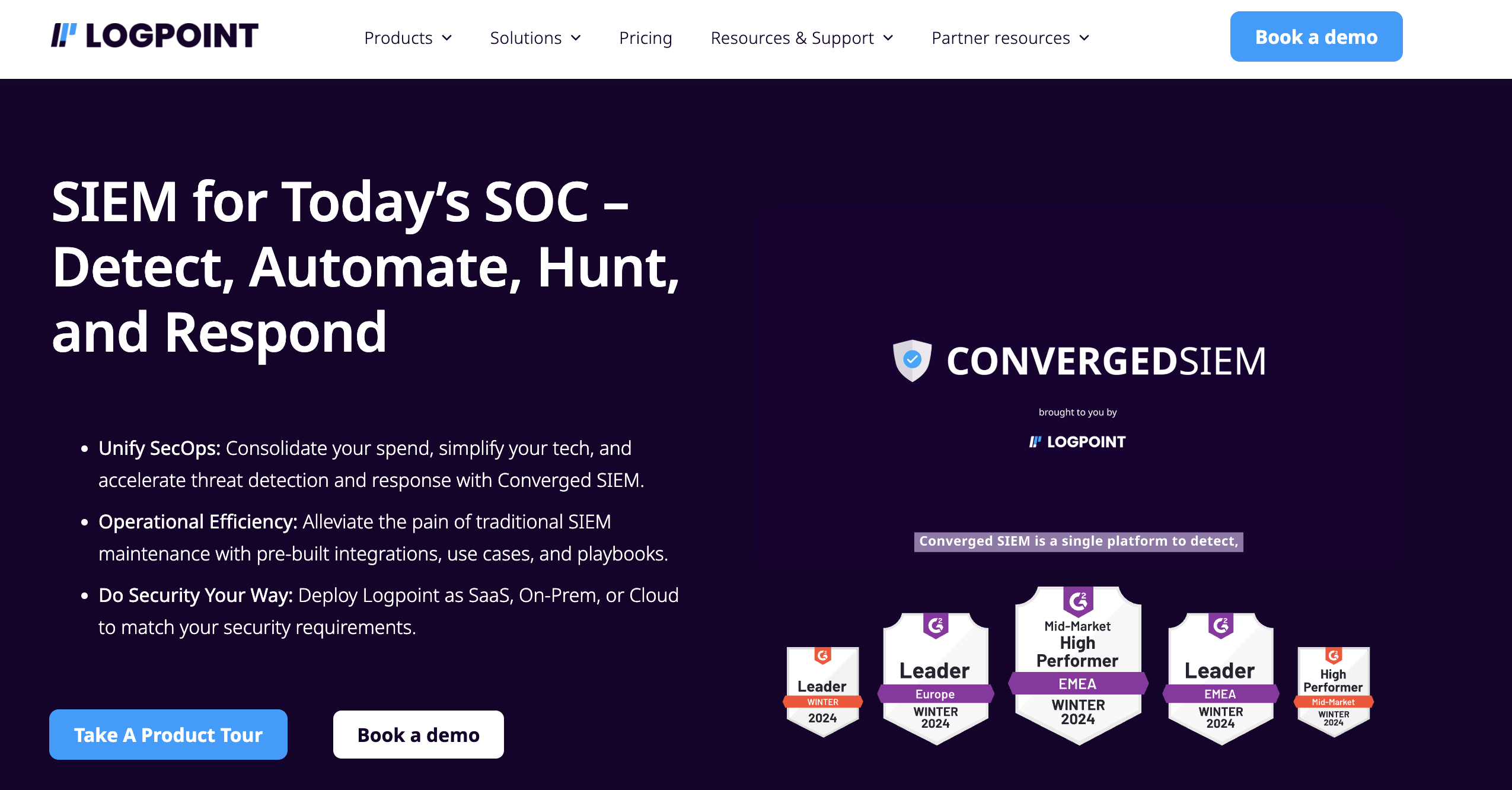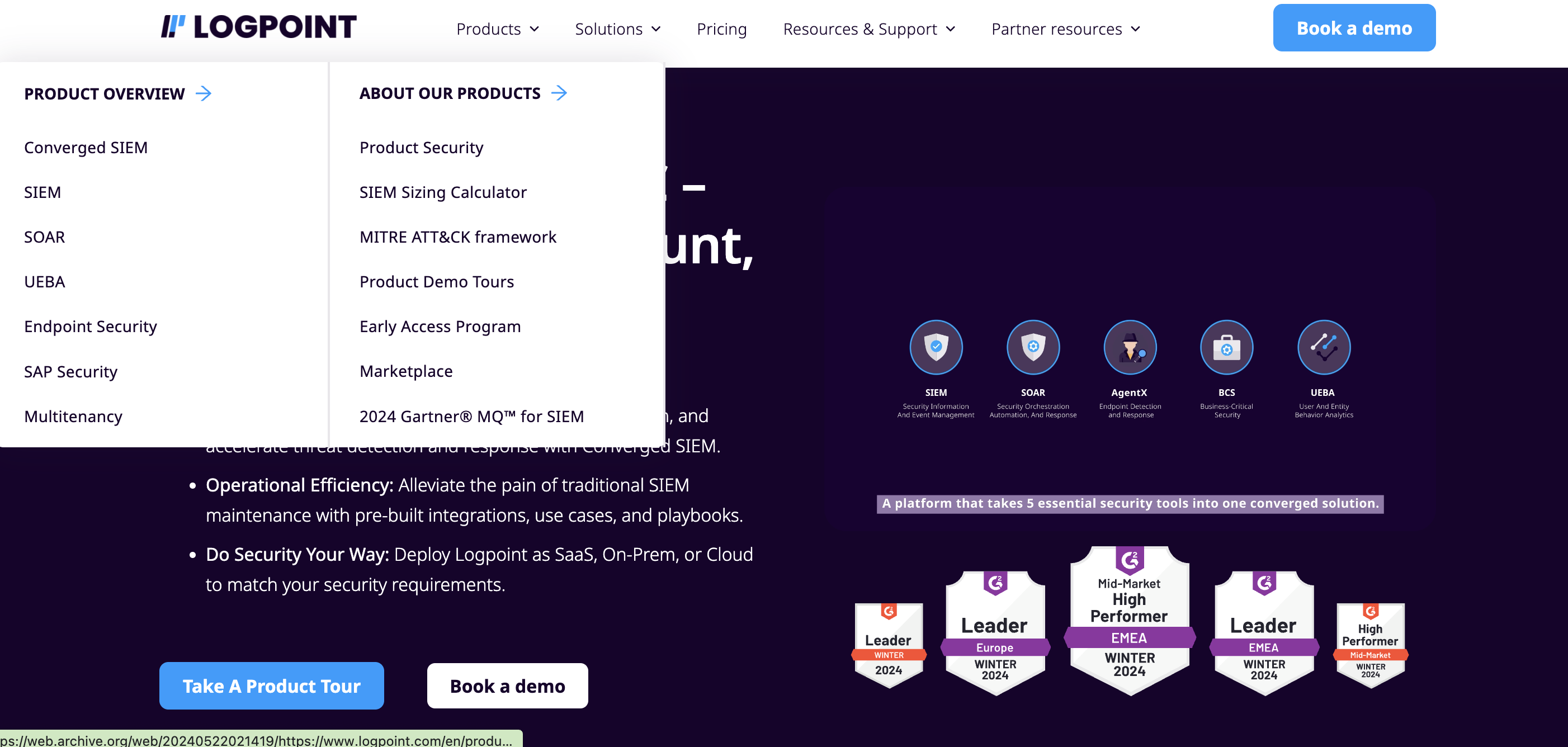GTM launch of new pricing and packaging
Discover how I drove the launch of Logpoint's new pricing and packaging, from defining the positioning and messaging to executing the campaigns for its launch.
In the first half of 2024, Logpoint, a European cybersecurity company, embarked on a major overhaul of its pricing and packaging model in 2024. Logpoint had been known for its Converged SIEM platform, which combined SIEM, SOAR, and advanced analytics into a single solution. Its customer base spans enterprises, MSSPs, and channel partners, each with different levels of cybersecurity maturity.
Traditionally, Logpoint offered a bundled solution, but as the market evolved, this rigid structure limited flexibility and scalability. To address these gaps and create a more adaptive offering, I was asked to participate in this new strategy for product packaging and pricing
TL;DR
In July 2024, I led the go-to-market launch of Logpoint’s new modular pricing and packaging model, moving from a bundled Converged SIEM to a flexible, scalable architecture. I drove cross-functional alignment, created all product messaging, redesigned the website, and led internal enablement. The project launched with only a one-week delay despite late-stage product renaming, and I was recognized for improving team collaboration and delivery under pressure. The initiative enabled more predictable pricing, better product-market fit, and positioned Logpoint for broader adoption among MSSPs and enterprises.
Context
Logpoint was stucked into a model of Converged SIEM (SIEM+SOAR) with the option to add UEBA. This all-in-one pricing model made it difficult for customers to scale or tailor the product to their needs, but also they were paying for add-ons that were not use it, making them lose interest. As a result, it hindered adoption among smaller security teams and made value communication complex for partners.


To succeed, it was necessary to go for a modular architecture, centered on a core SIEM and optional add-ons. Each product will represent a solution. While the core SIEM will tackle log management, SOAR will be broken into two solutions: one for Automation and one for Case Management. Finally, UEBA will turn into Behavior Analytics. This structure was intended to meet growing demand for flexibility and supported clearer value articulation. As SOAR was debundled from the main core product, it also reduced complexity and created pricing predictability across add-ons.
Approach
I led the end-to-end transition to the new modular model. This included defining product tiers and packaging with internal stakeholders, consulting with analysts to validate pricing strategy, and aligning cross-functional teams. I bridged communication gaps between product and engineering, clarified license and feature naming, and owned all messaging and positioning. I also acted as the main contact for sales enablement—training teams, addressing objections, and ensuring readiness across all regions.
Output
As I had experience carrying large projects, I was tasked with the executing of the GTM strategy and rollout of this modular packaging and its pricing. This included authoring segmented communications for customers, MSSPs, and partners; leading a full redesign of the website homepage; creating Figma mockups for new content pages; and rewriting all supporting materials such as sales presentations, FAQs, and internal training decks. Every asset was updated to reflect the new product structure and value propositions.
Outcomes
The launch went live with only a one-week delay, despite a high volume of late-stage changes including product renaming. Internally, I was recognized for positively shaping marketing team collaboration and managing the complexity of cross-team execution. The project laid a foundation for improved scalability, easier onboarding, and better alignment between product offerings and customer needs. Months later, this new strategy reduced the renewals cycle time and increased conversions as the product offering was simplified.